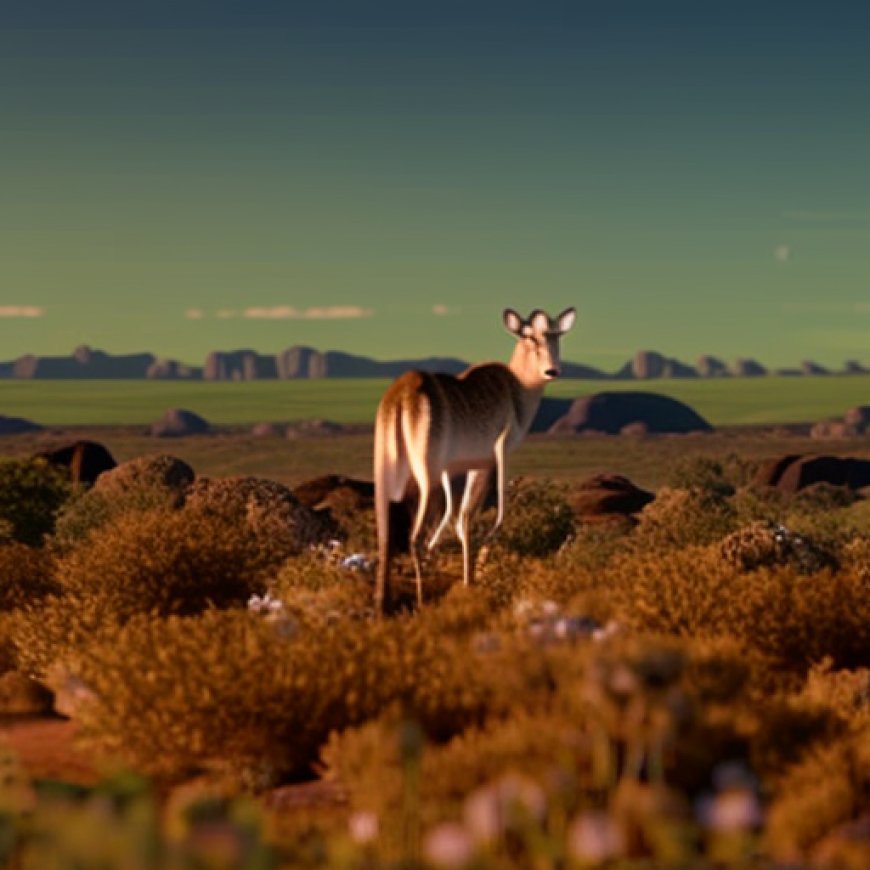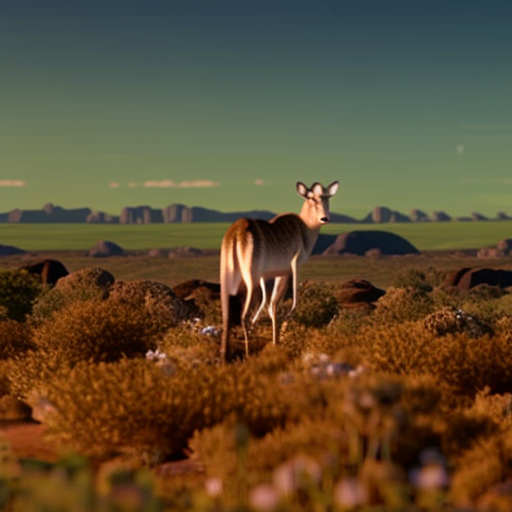UB, NASA, partners begin mapping South Africa’s biodiversity
UB, NASA, partners begin mapping South Africa's biodiversity University at Buffalo


NASA aircraft to map biodiversity
Published October 30, 2023
NASA’s advanced remote sensing technology can analyze the chemical composition of stars and search for signs of life in the cosmos. It can also tell us a lot about our own planet, like the amount of nitrogen in a forest canopy or the diversity of phytoplankton in a river.
Over the next few weeks, NASA aircraft will fly over South Africa’s Greater Cape Floristic Region and collect ultraviolet, visual, thermal and other imagery of its terrestrial and aquatic ecosystems. These preliminary images will be publicly available and posted online here within hours of the aircraft landing each day.
Combined with satellite imagery and field work, the aircraft imagery will give scientists an unprecedented look into one of the Earth’s biodiversity hotspots, and potentially lay the foundation for monitoring biodiversity across the globe from space.
“We are in the midst of a biodiversity crisis — losing species globally far above historical rates — and we know that biodiversity is critical for keeping Earth habitable,” says Adam Wilson, a UB biogeographer and mission scientist on the project, titled BioSCape. “These new data will give us a deeper understanding of ecosystem composition and help us learn how they will respond to environmental change.”
UB scientists conduct field work in South Africa
The project will also rely on data collected from a new imaging spectrometer (EMIT) currently aboard the International Space Station that was developed in part by BioSCape team members.
Other team members like Wilson, associate professor in the Department of Geography, who is currently in Cape Town, South Africa, have been conducting field work since earlier this year. Some of this work includes measuring plants’ spectral reflectance, recording bird and insect calls, and extracting environmental DNA from water samples.
As for the images from above, the hope is that they will be available online within about 12 hours of the aircraft landing. The full data should then be available within a few months of the project concluding. It will be stored on a NASA repository and openly accessible.
“The data will be publicly available for the global community to ask new questions, while members of the BioSCape team will use the data over the next few years to publish numerous studies on their particular focus areas,” Wilson says.
Government agencies and other organizations in South Africa may also use the data to address conservation challenges. Researchers have already held two workshops to explore ways their research outputs could be more applicable to the needs of local decision-makers.
International collaboration is key
About half of the BioSCape science team are affiliated with South African institutions, something that was crucial to achieve for the team’s U.S. scientists.
“We would not be able to do this project without our South African collaborators and their expertise on the local ecosystems. We hope this project can serve as an example of how to conduct top-tier, international science while engaging researchers and institutions from across a wide spectrum of institutions. Developing solutions to global problems requires international collaboration,” Wilson says.
Other members of the leadership team include co-principal investigator Jasper Slingsby of the University of Cape Town, and science team manager Anabelle Cardoso, postdoctoral researcher, and applications coordinator Cherie Forbes, research scientist, both in the UB Department of Geography.
This is the first time NASA has funded a project of this size focused on biodiversity, researchers say. They note the tools being used in the project, such as spectrometers, are the same ones NASA uses to study other planets and stars outside our solar system.
SDGs, Targets, and Indicators Analysis
1. Which SDGs are addressed or connected to the issues highlighted in the article?
- SDG 15: Life on Land
- SDG 13: Climate Action
- SDG 14: Life Below Water
The article discusses the BioSCape project, which aims to map biodiversity in South Africa’s Greater Cape Floristic Region. This region is known for its rich animal and vegetative diversity, making it relevant to SDG 15, which focuses on protecting, restoring, and promoting sustainable use of terrestrial ecosystems. Additionally, the project aims to monitor ecosystem composition and understand how they respond to environmental change, aligning with SDG 13 on climate action. The project also collects data on aquatic ecosystems, connecting it to SDG 14, which focuses on conserving and sustainably using the oceans, seas, and marine resources.
2. What specific targets under those SDGs can be identified based on the article’s content?
- Target 15.5: Take urgent and significant action to reduce the degradation of natural habitats
- Target 13.1: Strengthen resilience and adaptive capacity to climate-related hazards and natural disasters
- Target 14.2: Sustainably manage and protect marine and coastal ecosystems to avoid significant adverse impacts
The BioSCape project aims to monitor biodiversity in the Greater Cape Floristic Region, which aligns with Target 15.5 of SDG 15. By mapping and understanding the composition of ecosystems, the project contributes to the goal of reducing habitat degradation. Additionally, by studying how ecosystems respond to environmental change, the project supports Target 13.1 of SDG 13, which focuses on building resilience to climate-related hazards. The collection of data on aquatic ecosystems also contributes to Target 14.2 of SDG 14, which aims to protect marine and coastal ecosystems.
3. Are there any indicators mentioned or implied in the article that can be used to measure progress towards the identified targets?
- Indicator 15.5.1: Red List Index
- Indicator 13.1.1: Number of deaths, missing persons, and directly affected persons attributed to disasters per 100,000 population
- Indicator 14.2.1: Proportion of national exclusive economic zones managed using ecosystem-based approaches
The article does not explicitly mention specific indicators. However, the mapping and monitoring of biodiversity in the Greater Cape Floristic Region can be measured using Indicator 15.5.1, which tracks the Red List Index. This index measures changes in the extinction risk of species over time. Additionally, the project’s focus on understanding ecosystem responses to environmental change aligns with Indicator 13.1.1, which measures the number of deaths, missing persons, and directly affected persons attributed to disasters. Finally, the collection of data on aquatic ecosystems contributes to Indicator 14.2.1, which measures the proportion of national exclusive economic zones managed using ecosystem-based approaches.
4. Table: SDGs, Targets, and Indicators
| SDGs | Targets | Indicators |
|---|---|---|
| SDG 15: Life on Land | Target 15.5: Take urgent and significant action to reduce the degradation of natural habitats | Indicator 15.5.1: Red List Index |
| SDG 13: Climate Action | Target 13.1: Strengthen resilience and adaptive capacity to climate-related hazards and natural disasters | Indicator 13.1.1: Number of deaths, missing persons, and directly affected persons attributed to disasters per 100,000 population |
| SDG 14: Life Below Water | Target 14.2: Sustainably manage and protect marine and coastal ecosystems to avoid significant adverse impacts | Indicator 14.2.1: Proportion of national exclusive economic zones managed using ecosystem-based approaches |
Behold! This splendid article springs forth from the wellspring of knowledge, shaped by a wondrous proprietary AI technology that delved into a vast ocean of data, illuminating the path towards the Sustainable Development Goals. Remember that all rights are reserved by SDG Investors LLC, empowering us to champion progress together.
Source: buffalo.edu

Join us, as fellow seekers of change, on a transformative journey at https://sdgtalks.ai/welcome, where you can become a member and actively contribute to shaping a brighter future.







